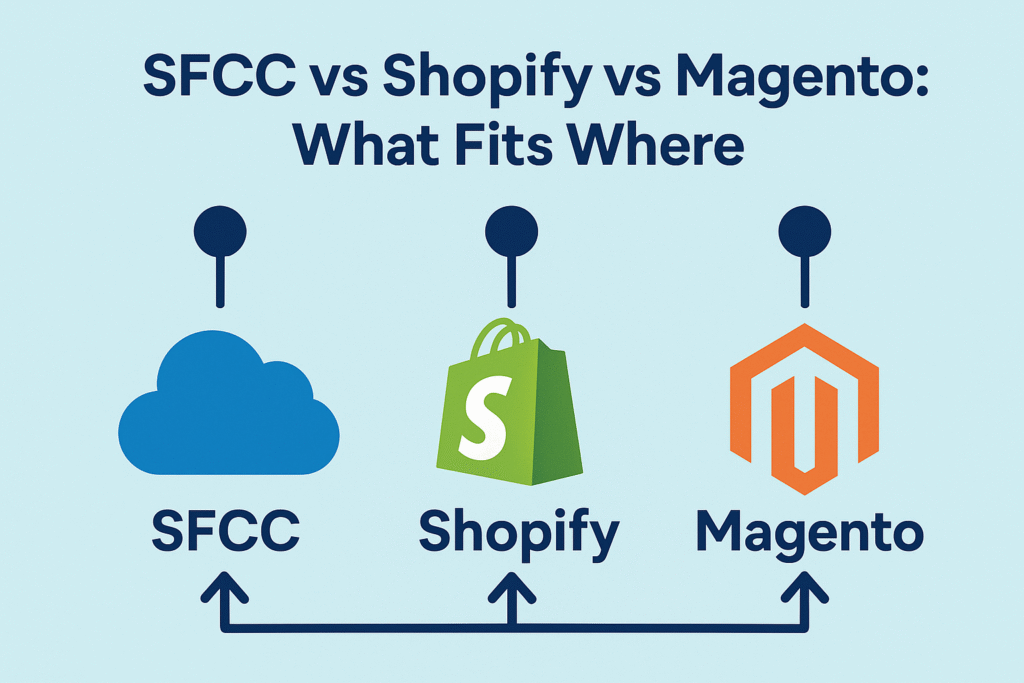Starting a new chapter in your professional life often requires thoughtful planning, adaptability, and persistence. For me, moving to the United States was more than just a geographical change; it marked the beginning of a strategic career shift. The decision to pursue my next opportunities here was influenced by several key factors that I believe can benefit others facing similar crossroads.
The U.S. labor market continues to expand with evolving industries and new technologies driving growth. According to the U.S. Bureau of Labor Statistics, sectors like technology, healthcare, and business services are expected to grow faster than average through 2031. This environment offers fertile ground for career advancement and reinvention.
Recognizing the Need for Change
Before relocating, I had established a solid foundation in my previous roles. However, over time, I realized that I was reaching a plateau. Opportunities for growth were limited, and the scope of my work no longer aligned with my long-term goals.
Research from Gallup shows that 65 percent of employees are disengaged at work, often because they don’t see a clear path forward. I found myself facing a similar challenge. The decision to move to the USA was driven by a desire to expand my horizons, increase my impact, and engage in work that challenged and motivated me.
Understanding the U.S. Job Market Landscape
The U.S. job market is competitive and dynamic. One key feature is the widespread use of Applicant Tracking Systems (ATS) by employers. These systems scan resumes for specific keywords and formats before a recruiter ever reviews an application. According to Jobscan, 98 percent of Fortune 500 companies use ATS, making it essential to tailor resumes for each role.
Networking is equally important. LinkedIn data shows that 85 percent of all jobs are filled through some form of networking. Building professional relationships is crucial, especially for newcomers without an existing local network.
I realized early that succeeding here meant adapting my approach to fit these realities.
Building a Strong Foundation: My LinkedIn Profile to Career Success
Optimizing my online presence was a critical step. My LinkedIn profile became more than a digital resume; it became the hub of my professional identity in the U.S. market.
I started by updating my headline to clearly state the roles I was targeting. The summary section highlighted quantifiable achievements from past roles, such as process improvements and leadership successes. Adding relevant keywords based on U.S. job descriptions improved my visibility in recruiter searches.
Active engagement on LinkedIn was also essential. By sharing industry articles, commenting on posts, and connecting with professionals, I steadily grew my network. LinkedIn reports that users with complete profiles and active participation are 40 times more likely to receive opportunities.
Defining My Next Stage
At the core of my efforts is a concept I call My Next Stage. This is a structured plan focused on targeted applications, continuous learning, and meaningful networking. It’s about creating a clear path forward rather than waiting for opportunities to come.
I set weekly goals that include applying to five tailored jobs, connecting with at least two new professionals, attending webinars or industry events, and completing relevant certifications.
Studies show that job seekers who maintain consistent routines and measurable goals see significantly higher success rates. For me, this approach turned a daunting job search into manageable, actionable steps.
Strengthening Skills for the U.S. Market
To complement my experience, I pursued additional training. I completed certifications in project management and data analytics through recognized online platforms aligned with U.S. industry standards.
This not only improved my skill set but also demonstrated my commitment to professional growth. LinkedIn’s workforce research indicates candidates with updated skills have a 45 percent higher chance of being invited to interviews.
These certifications have helped me stand out and confidently discuss my qualifications during interviews.
Navigating Interviews with Focus and Clarity
Interviewing in the USA often emphasizes clear, results-oriented answers. I prepared responses using the STAR method (Situation, Task, Action, Result) to convey my contributions effectively.
For example, I shared how I led a cross-functional team project that reduced processing time by 25 percent and saved significant costs. Providing measurable outcomes helped interviewers understand the tangible impact of my work.
Research suggests candidates who use structured examples in interviews are more likely to progress through hiring stages, which proved true in my case.
Launching My Next Stage Career
After several months of preparation, networking, and interviews, I secured a role that fits my ambitions and leverages my skills. This position offers leadership opportunities and the chance to work on innovative projects within a forward-looking organization.
Starting this job marks the beginning of My Next Stage Career in the USA. It is the result of intentional planning, strategic profile building, and continuous learning.
Lessons Learned and Moving Forward
Transitioning a career in a new country requires resilience and adaptability. Here are some key takeaways from my experience:
- Understand the local job market requirements and tools like ATS
- Invest time in optimizing your LinkedIn profile for visibility and engagement
- Create a structured plan with weekly goals to stay focused
- Pursue certifications or training that align with industry demands
- Prepare for interviews using data-backed, clear examples
The USA provides a broad landscape for professional growth for those willing to invest effort and time into the transition process.
Conclusion
My Next Career Stage Is Taking Shape in the USA because I committed to adapting my approach to the realities of this market. This journey shows that with clear planning, skill development, and strategic networking, it is possible to redefine your career path and achieve new goals.
If you are preparing for a similar transition, start by focusing on your digital presence, especially your LinkedIn Profile to Career Success, and then build your network with intention. Define what My Next Stage means for you and take steady, consistent action toward it.



